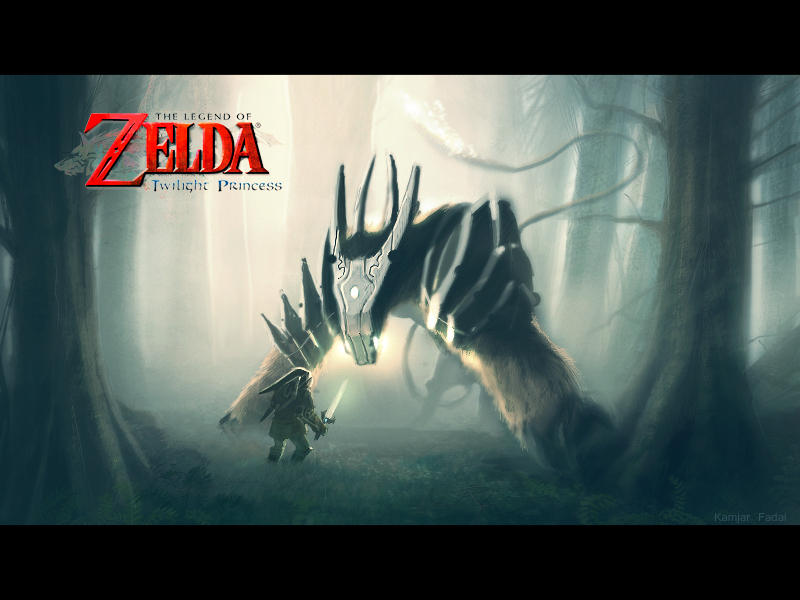They've heard some things from an insider on Beyond3d - the public posts of which I've also read. It does seem strange and obscure, but this is the same Nintendo which chose exclusively fixed function pixel shaders for 3DS (not counting the vertex shaders). Iwata, Miyamoto, and Takeda have given their reasons for pursuing this route in an investor q&a. Basically, they want predictable performance. A specific example given was on N64, they would add lighting into a game engine after putting a bunch of work in, and the framerate would take a massive dump. They'd rather not deal w/ the hassle of choosing between good lighting or a playable game. Apparently, the capabilities of the NES were more clear from the specs, and this old-school mentality never died w/ them.
Where this unit would fit in a modern graphics pipeline, I can only guess. My current hypothesis would be somewhere around the geometry and tesselation units if it deals primarily w/ lighting. Gamecube's ancient T&L unit supported custom API calls for lighting and bump mapping. A modern unit which handled some of the necessary calculations for say, radiosity and normal maps, is something which might fit the bill. Or it could be something more like the 3DS' Maestro, which I have an even lesser understanding of.



